Coins That Paid for the Battle of Waterloo

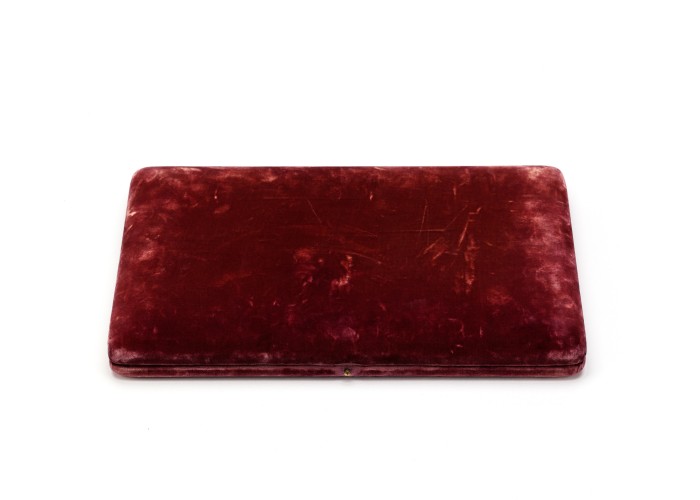 Box containing coins from Rothschilds' bullion deliveries to British governments. Copyright Rothschild Archive.
Box containing coins from Rothschilds' bullion deliveries to British governments. Copyright Rothschild Archive.
 Coin from Rothschilds' bullion deliveries to British governments. Copyright Rothschild Archive.
Coin from Rothschilds' bullion deliveries to British governments. Copyright Rothschild Archive.
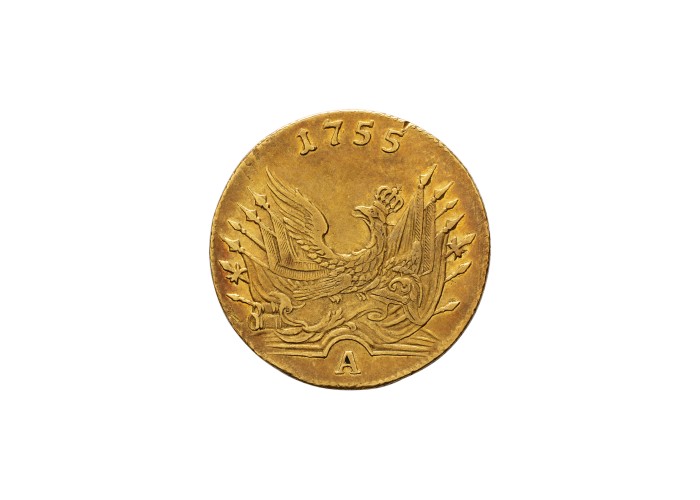 Coin from Rothschilds' bullion deliveries to British governments. Copyright Rothschild Archive.
Coin from Rothschilds' bullion deliveries to British governments. Copyright Rothschild Archive.
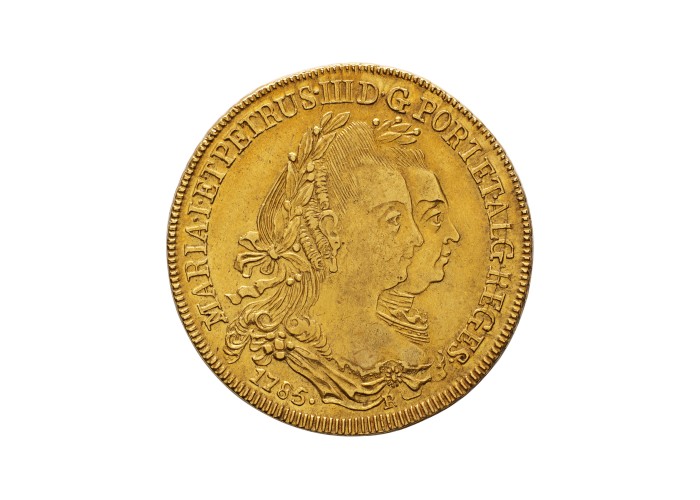 Coin from Rothschilds' bullion deliveries to British governments. Copyright Rothschild Archive.
Coin from Rothschilds' bullion deliveries to British governments. Copyright Rothschild Archive.
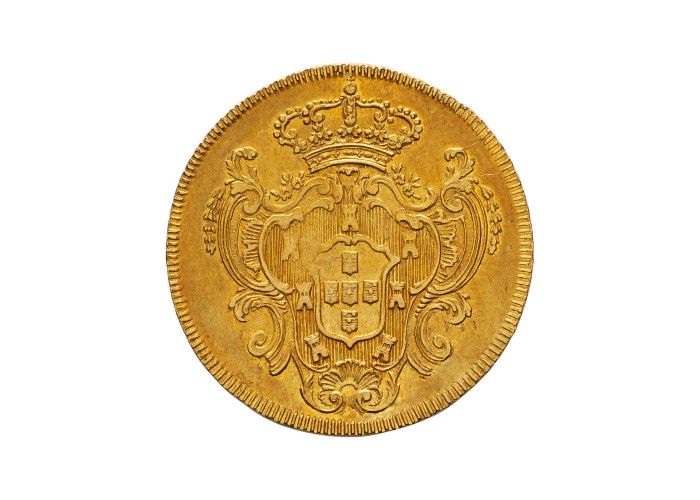 Coin from Rothschilds' bullion deliveries to British governments. Copyright Rothschild Archive.
Coin from Rothschilds' bullion deliveries to British governments. Copyright Rothschild Archive.
 Coin from Rothschilds' bullion deliveries to British governments. Copyright Rothschild Archive.
Coin from Rothschilds' bullion deliveries to British governments. Copyright Rothschild Archive.
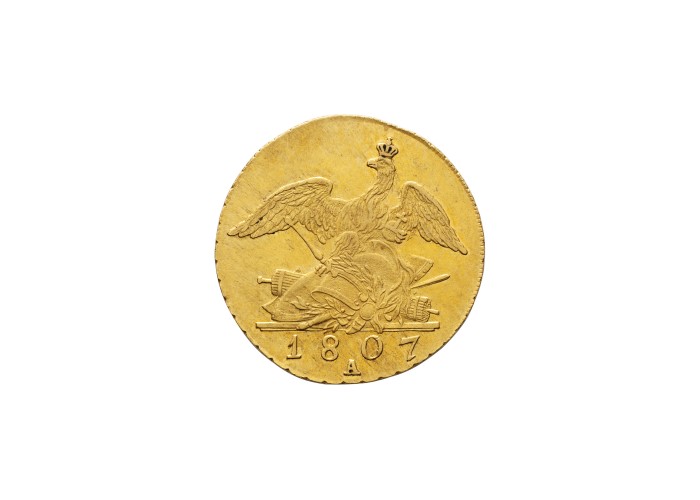 Coin from Rothschilds' bullion deliveries to British governments. Copyright Rothschild Archive.
Coin from Rothschilds' bullion deliveries to British governments. Copyright Rothschild Archive.
 Coin from Rothschilds' bullion deliveries to British governments. Copyright Rothschild Archive.
Coin from Rothschilds' bullion deliveries to British governments. Copyright Rothschild Archive.
 Coin from Rothschilds' bullion deliveries to British governments. Copyright Rothschild Archive.
Coin from Rothschilds' bullion deliveries to British governments. Copyright Rothschild Archive.
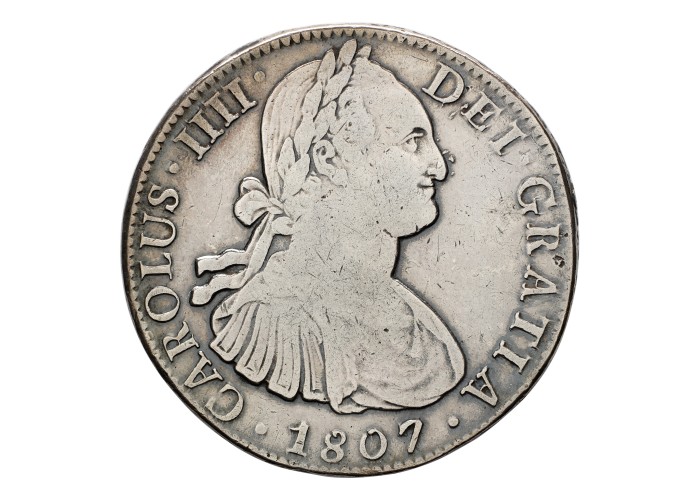 Coin from Rothschilds' bullion deliveries to British governments. Copyright Rothschild Archive.
Coin from Rothschilds' bullion deliveries to British governments. Copyright Rothschild Archive.
 Coin from Rothschilds' bullion deliveries to British governments. Copyright Rothschild Archive.
Coin from Rothschilds' bullion deliveries to British governments. Copyright Rothschild Archive.
 Coin from Rothschilds' bullion deliveries to British governments. Copyright Rothschild Archive.
Coin from Rothschilds' bullion deliveries to British governments. Copyright Rothschild Archive.
 Coin from Rothschilds' bullion deliveries to British governments. Copyright Rothschild Archive.
Coin from Rothschilds' bullion deliveries to British governments. Copyright Rothschild Archive.
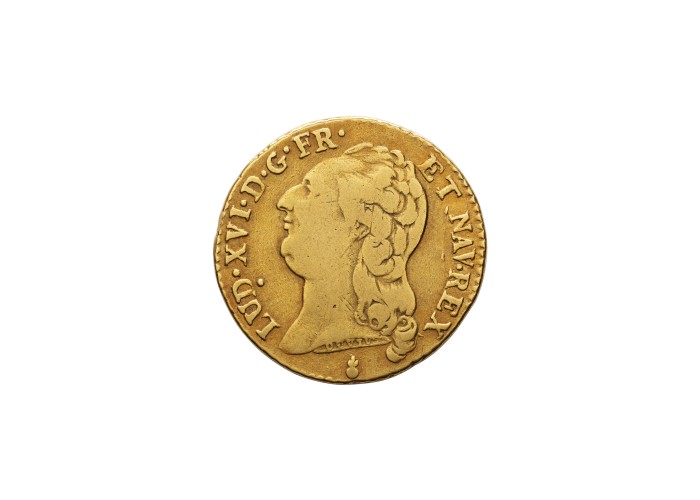 Coin from Rothschilds' bullion deliveries to British governments. Copyright Rothschild Archive.
Coin from Rothschilds' bullion deliveries to British governments. Copyright Rothschild Archive.
 Coin from Rothschilds' bullion deliveries to British governments. Copyright Rothschild Archive.
Coin from Rothschilds' bullion deliveries to British governments. Copyright Rothschild Archive.
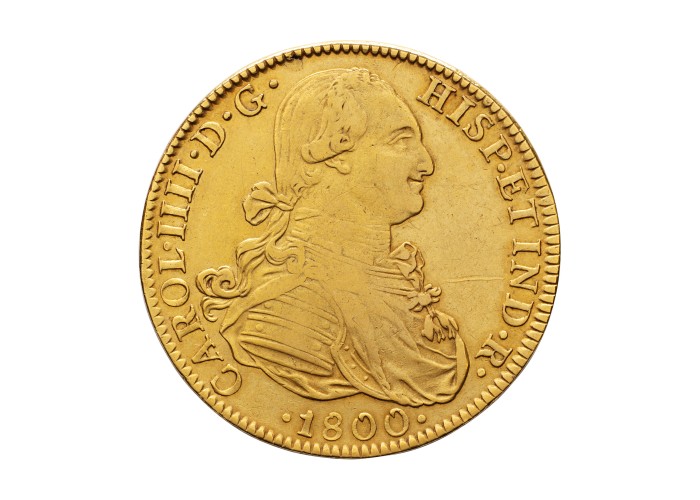 Coin from Rothschilds' bullion deliveries to British governments. Copyright Rothschild Archive.
Coin from Rothschilds' bullion deliveries to British governments. Copyright Rothschild Archive.
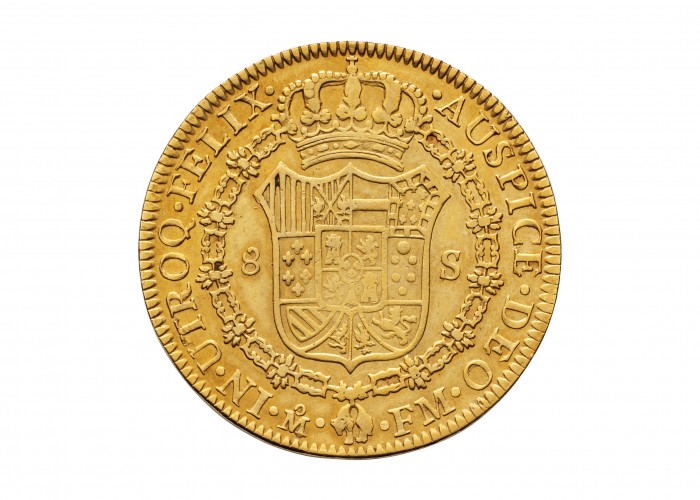 Coin from Rothschilds' bullion deliveries to British governments. Copyright Rothschild Archive.
Coin from Rothschilds' bullion deliveries to British governments. Copyright Rothschild Archive.
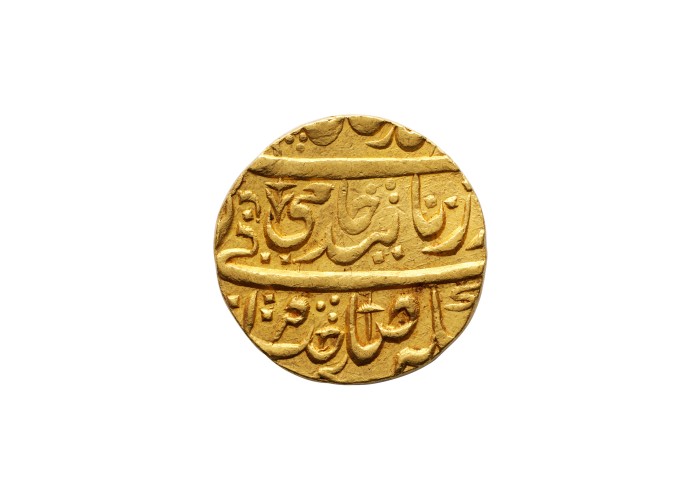 Coin from Rothschilds' bullion deliveries to British governments. Copyright Rothschild Archive.
Coin from Rothschilds' bullion deliveries to British governments. Copyright Rothschild Archive.
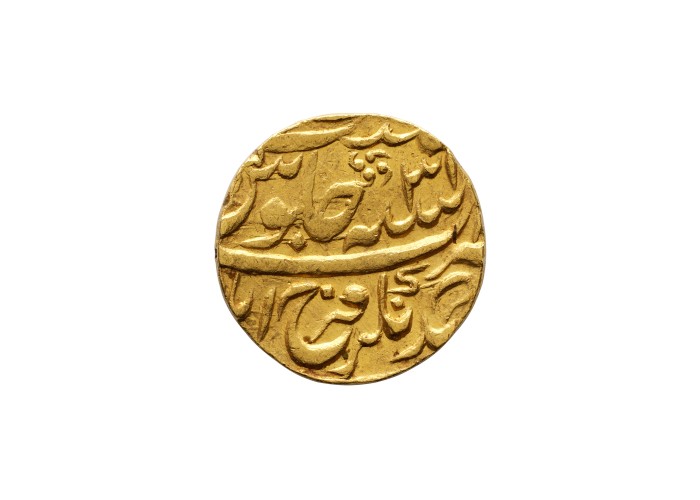 Coin from Rothschilds' bullion deliveries to British governments. Copyright Rothschild Archive.
Coin from Rothschilds' bullion deliveries to British governments. Copyright Rothschild Archive.
 Coin from Rothschilds' bullion deliveries to British governments. Copyright Rothschild Archive.
Coin from Rothschilds' bullion deliveries to British governments. Copyright Rothschild Archive.
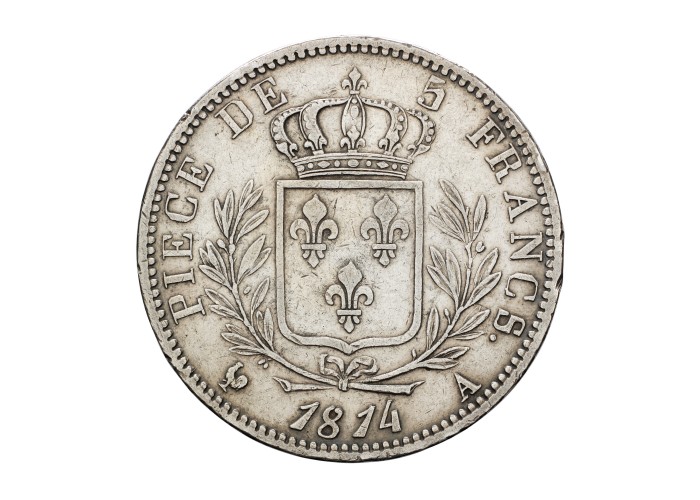 Coin from Rothschilds' bullion deliveries to British governments. Copyright Rothschild Archive.
Coin from Rothschilds' bullion deliveries to British governments. Copyright Rothschild Archive.
 Coin from Rothschilds' bullion deliveries to British governments. Copyright Rothschild Archive.
Coin from Rothschilds' bullion deliveries to British governments. Copyright Rothschild Archive.
 Coin from Rothschilds' bullion deliveries to British governments. Copyright Rothschild Archive.
Coin from Rothschilds' bullion deliveries to British governments. Copyright Rothschild Archive.
 Coin from Rothschilds' bullion deliveries to British governments. Copyright Rothschild Archive.
Coin from Rothschilds' bullion deliveries to British governments. Copyright Rothschild Archive.
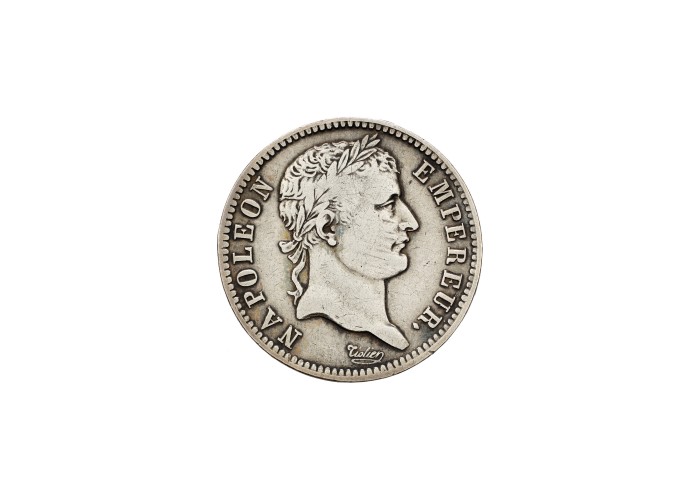 Coin from Rothschilds' bullion deliveries to British governments. Copyright Rothschild Archive.
Coin from Rothschilds' bullion deliveries to British governments. Copyright Rothschild Archive.
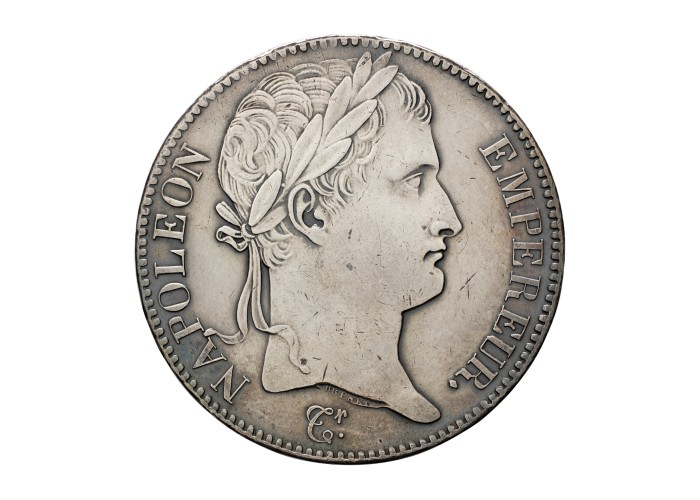 Coin from Rothschilds' bullion deliveries to British governments. Copyright Rothschild Archive.
Coin from Rothschilds' bullion deliveries to British governments. Copyright Rothschild Archive.
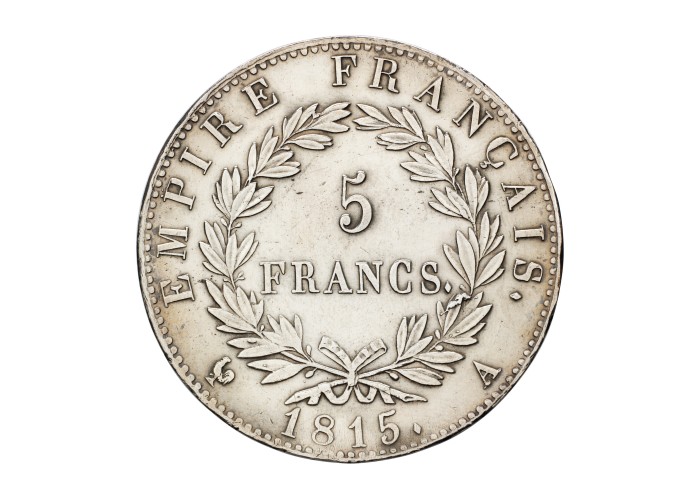 Coin from Rothschilds' bullion deliveries to British governments. Copyright Rothschild Archive.
Coin from Rothschilds' bullion deliveries to British governments. Copyright Rothschild Archive.
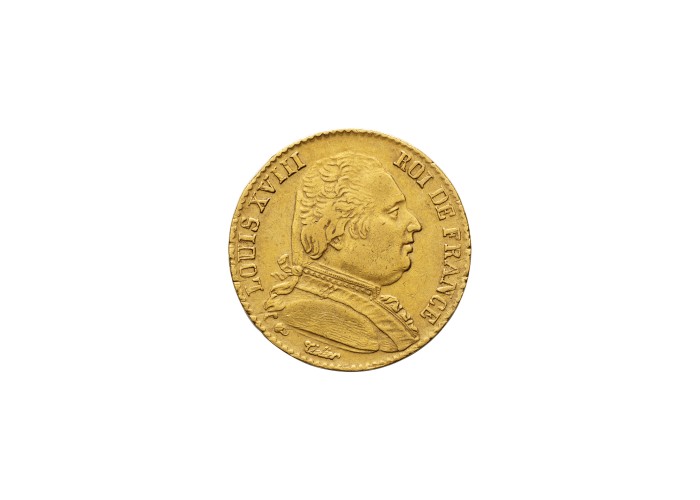 Coin from Rothschilds' bullion deliveries to British governments. Copyright Rothschild Archive.
Coin from Rothschilds' bullion deliveries to British governments. Copyright Rothschild Archive.
 Coin from Rothschilds' bullion deliveries to British governments. Copyright Rothschild Archive.
Coin from Rothschilds' bullion deliveries to British governments. Copyright Rothschild Archive.
These are examples of gold and silver coins from across the world, collected by the Rothschild banking family and lent to the British government during the Napoleonic Wars. The precious metals in coins like these were used to pay for the incredibly expensive 20 years of war against France, that ended at the Battle of Waterloo. Without these coins, the Allied armies that fought at Waterloo could not have been clothed, fed, armed or paid.
The British war against Napoleon was enormously expensive, especially after 1808, when the British Army began to fight a drawn-out land campaign against the French and their Spanish allies in the Peninsular Campaign. Troops had to be paid, and weapons, rations, and ships had to be purchased. The British government also paid large “subsidies” to its allies, Austria, Prussia and Russia, to help pay for their fight against France. Russia alone was paid £1.5 million for every 100,000 men it sent to fight Napoleon.
The vast majority of this payment had to be done in “specie”- coins minted from gold and silver. Paper money was not yet widely accepted, and a steady flow of hard cash was essential for the British war effort. By August 1812, the Duke of Wellington needed £100,000 every month – a sum which would have the purchasing power over £5 million today.
In desperation, the British government turned to Nathan Rothschild and his four brothers, who lent money in cities across Europe. Nathan Rothschild, a German-born Jew living in London, had agents across the world, who could supply local coins via trading ships. The Rothschilds then lent this money to the British government, normally sending it directly to the British Army’s Commissary in Chief, J. C. Herries. This system worked so well that in January 1814, Herries gave Nathan Rothschild authority to act as a government agent to “collect in Germany, France and Holland the largest quantities of French gold and silver coins, not exceeding in value £600,000” to be sent to the British Army. Rothschild’s reward was a 2% commission.
When Napoleon threatened war in 1815, the British government naturally turned to the Rothschilds again to raise money. Gold and silver coins from across the world poured into England on Rothschild ships, to pay British soldiers’ wages. Nathan Rothschild kept a sample coin from each of these shipments, which have been preserved in this velvet case. The astounding variety of coins shows just how far the Rothschilds’ connections stretched, and how much of the world’s gold was needed to pay for the wars in Europe.
This case contains coins of Austria and Prussia, and 5 French coins, each from a different government, from Louis XVI to Napoleon. It has silver dollars from Mexico and the United States of America, and a gold coin from Columbia, in South America. The most exotic is probably a gold coin from the Moghul Empire in India, struck with Arabic writing.
The gold lettering on the case describes these as “an account [representative sample] of bullion specie [precious metal coins] furnished by Mr. N. M. Rothschild to J. C. Herries Esq., Commissary in Chief” April – October 1815. Clearly, coins like these paid for the Battle of Waterloo, and for the Allied army which marched on Paris and forced the Emperor Napoleon to surrender.
-
Curatorial info
- Originating Museum: Rothschild Archive
- Production Date: 1785 - 1815
- Material: Gold, silver, velvet-lined wood.
-
Use this image
You can download and use the high resolution image for use in a non-profit environment such as a school or college, but please take note of the license type and rights holder information below
- Rights Holder: Copyright Rothschild Archive. Photography Relic Imaging Ltd.
- License Type: Creative Commons
Find it here
This object is in the collection of The Rothschild Archive



































